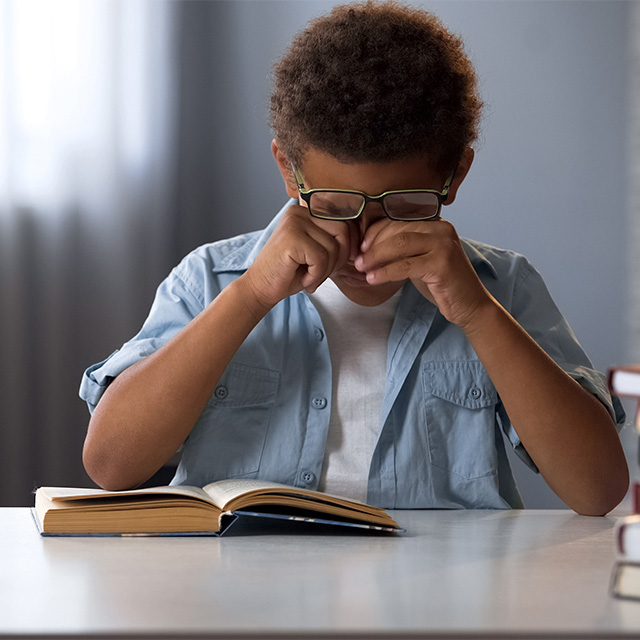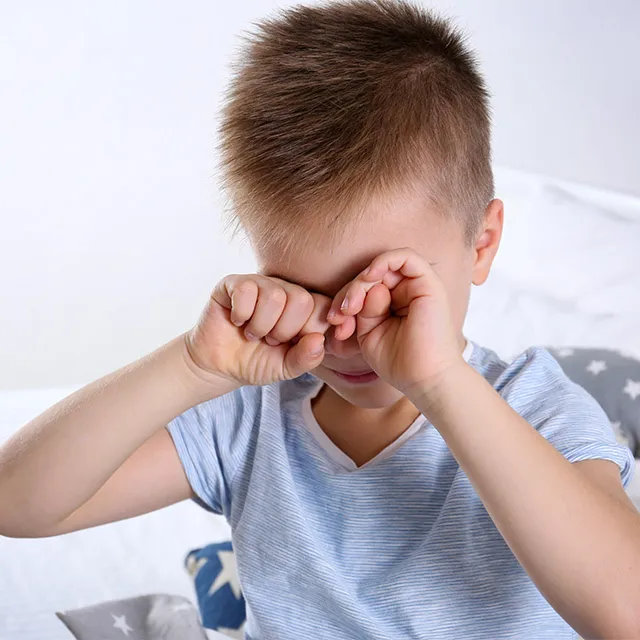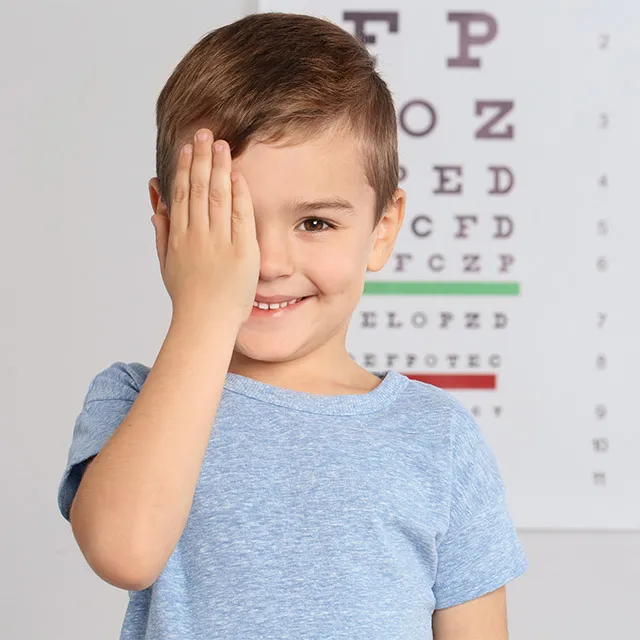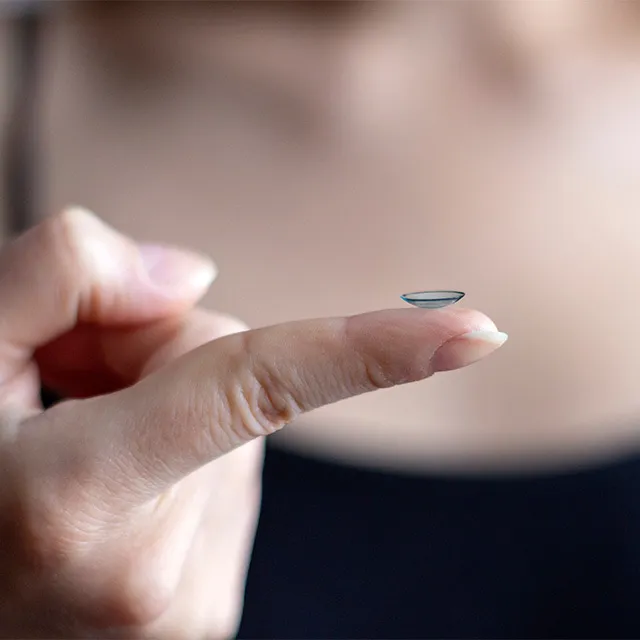
Why Myopia Control Matters
Myopia, more commonly known as nearsightedness, is a vision condition that plagues millions of children worldwide. When a child is nearsighted, distant objects appear blurry, while those up close remain crystal clear. It's a condition that impacts their vision and can affect various aspects of their daily lives.
The good news is that myopia can be managed. Myopia management is a proactive approach aimed at slowing down or even halting the progression of myopia in children. By intervening and seeking expert solutions, you can help ensure your child's visual health remains strong as they develop.
Exploring myopia management options is not just a choice; it's a commitment to safeguarding your child's visual health and well-being.


Understanding Myopia and How it Affects Children
Myopia often begins during childhood and, if left unmanaged, can progress and lead to more severe nearsightedness. This progression increases the risk of developing sight-threatening eye conditions like glaucoma, cataracts, or retinal detachment later in life.
Common Symptoms of Childhood Myopia
Children experiencing myopia may exhibit symptoms such as:
- squinting
- headaches
- eye strain
- difficulty seeing the whiteboard at school
- needing to sit close to the TV
If you've noticed these signs in your child, it's essential to schedule an eye exam to assess their eye health and determine their level of myopia.
Why Early Intervention is Necessary
Effective myopia management requires early intervention. Catching myopia early and slowing the condition’s progression can significantly reduce the risk of developing high myopia, which is associated with developing severe eye conditions later on.

Exploring Myopia Management: Causes and Risk Factors
Understanding myopia's causes and risk factors in children is essential for effective management. Several key factors contribute to the development of myopia, impacting children's vision and overall eye health:
-
Myopia Runs in the Family
A family history of myopia increases the likelihood of your child developing this condition, emphasizing the importance of proactive management.
-
The Impact of Too Much Screen Time
Excessive hours spent reading or using digital screens significantly increase the likelihood of myopia development in children, highlighting the need to balance screen time with outdoor activities.
-
Inadequate Outdoor Exposure
Children who don't spend enough time outdoors are at a greater risk of developing myopia. Outdoor activities and natural light play an essential role in maintaining good vision.
-
Childhood Onset and Rapid Progression
Myopia often emerges during childhood and may progress more rapidly during growth spurts. Early intervention during these crucial years is essential for slowing its progression and preserving clear vision.
Myopia Management in Southlake

Meet our Eye Doctors

- Monday 8:00 am - 5:00 pm
- Tuesday 8:00 am - 5:00 pm
- Wednesday 8:00 am - 5:00 pm
- Thursday 10:00 am - 7:00 pm
- Friday 8:00 am - 5:00 pm
- Saturday Closed
- Sunday Closed
- VSP
- Medicare
- United Healthcare
- Aetna
- Spectera
- Anthem
- EyeMed
- Anthem Blue Cross Blue Shield
- MetLife
- Metlife Vision

Myopia Management for Children of All Ages
If you've noticed signs of myopia in your child or are concerned about their eye health, don't hesitate to schedule an appointment at Kirkwood Eye Center. Our team is committed to helping your child enjoy a future with clear, unaided vision.
We believe in providing myopia management for children of all ages. No matter your child's age, we can tailor a myopia management plan to their needs. Early intervention is the key to success.
Contact Kirkwood Eye Center today to determine if your child qualifies for myopia management.Take the first step towards better health.







